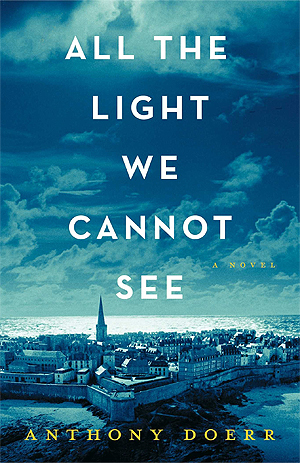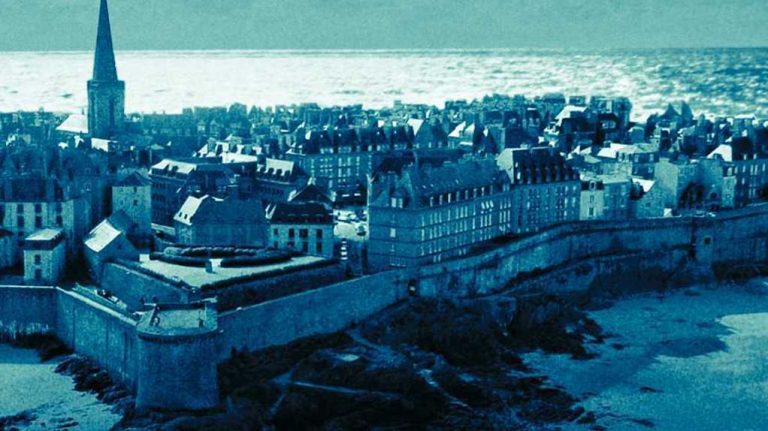In this unit in humanities PLP, our class has been going into depth on WW2. Our main focus of the war was the perspectives of WW2 and the countries involved. We have done a few novel studies in the past, and to help our understanding of WW2, we chose a novel to read. We had three options on books we could read, Unbroken by Laura Hillenbrand , Code Name Varity by Elizabeth Wein, and All the Light We Cannot See by Anthony Doerr. The novel I chose to read was All the Light We Cannot See. The reason I chose this book, is because I had heard some really good reviews and a lot of people had recommended it, so I thought why not give it a try. We had around 3 weeks to finish the book and once we were done our task we had to write a book review!
Here is my book review, hope you enjoy!
All the Light We Cannot See– Anthony Doerr
Set in the time period of World War II , All the Light We Cannot See by Anthony Doerr is a fast pasted novel. It captures the reader by telling a story of young characters and their journey though WWII. The author uses the genre of adventure and action to reveal the events in WWII. The novel is told by two main characters with different perspectives. Each character has a different perspective of the war. My favourite perspective is Marie-Laure’s. Marie-Laure is a French girl that lives in the town of Santa Malo, “a tall and freckled six-year-old in Paris”.
She may be six at the beginning of the book, however by the end she has grown into a young adult, and through the novel you watch her mature and grow up. Very early on in the novel, Marie-Laure finds out that she is blind. Throughout the book the author tells the book from a blind girl, and you get a feel of what it would be like. Blind at a young age of 6, her father guides her through life.
Marie-Laure gets her sympathetic and caring personality from her father. Her father protects his daughter during the war. Signs in the town concerned her Father,“Curfews are installed. Music that can be heard outdoors is banned. Public dances are banned”. As signs of a war are worsened, Marie-Laure and her father moved to Saint Malo to get a way from the war. At Saint Malo they stayed with her Great Uncle, Etienne who is still scared from World War I, “Her great-uncle seems kind, curious, and entirely sane”.
On the other side of the war, Werner lives with his sister Jutta in a Children’s Home ,“Werner Pfennig grows up three hundred miles northeast of Paris in a place called Zollverein”. Radios were very rare in those days, “Until now he has seen radios only in glimpses: a big cabinet wireless through the lace curtains of an official’s house; a portable unit in a miners’ dormitory; another in the church refectory. He has never touched one”. When Werner found a radio, he was fascinated and found his hobby in repairing radios. In fact all Werner ever did was play with his radio, “Werner sits alone in his upstairs dormer, experimenting with the radio receiver”. Happy as Werner and his sister were, the two were separated when Werner got accepted into the Hitler Youth Camp to train for WWII. The opportunity changed Werner’s life, fighting for Germany.
Something that I found engaging was reading about the soldiers training camp, and what it was like to be in the Hitler Youth Camp. From the book it’s seemed pretty intense. For example, “For their final test, each of the fourteen-year-olds is forced to climb a ladder haphazardly nailed to a wall”. While reading I felt a lot of sympathy for the youths that participated in the Hitler Youth Camp.
I thought the author, Anthony Doerr did a good job of telling each perspective, and you get a good idea of what the war would have been like in different countries. At the end each story the author leaves you on a cliff hanger and then the book will switch to a different character. However, there are a lot of transitions back and forth between time periods and perspectives. This confused me a little, maybe longer chapters would have helped, since the chapters were so short.
There were also some major events in the book that the author didn’t exactly explain. When Marie-Laure finds out she is blind, there isn’t really an explanation on how she is blind. The author just mentioned that her eye sight is depleting, but I wanted to know more about her disability. Another example is, at the end of the chapter a tragic event occurs involving Werner, and the author didn’t go in depth about the event.
The time period of, All the Light We Cannot See, is set in the same period of The Boy In the Striped Pajamas. The movie The Boy In the Striped Pajamas is set during World War II. The movie and All the Light We Cannot See, both tell true events that happened in World War II. In both the movie and the novel, you feel the same emotions about events that occurred during the war, serious and emotional. What I like about both stories is they are told by a younger perspective. I think this is interesting because you really get an understanding of what life was like for civilians and youths. The main character in The Boy In the Striped Pajamas, 8 year old Bruno, like Werner is also German. The movie takes you on an exciting but emotional journey through a Germans perspective of WWII.
Overall, All the Light We Cannot See was definitely a page turner. I thought it was interesting to read about both sides of the war, France and Germany. With Anthony’s unique style you got two contrasting views of WWII. I couldn’t help but side with this book. Tragic events made me want keep reading, and throughout the book you really got to warm to the characters as you watched them grow up.




